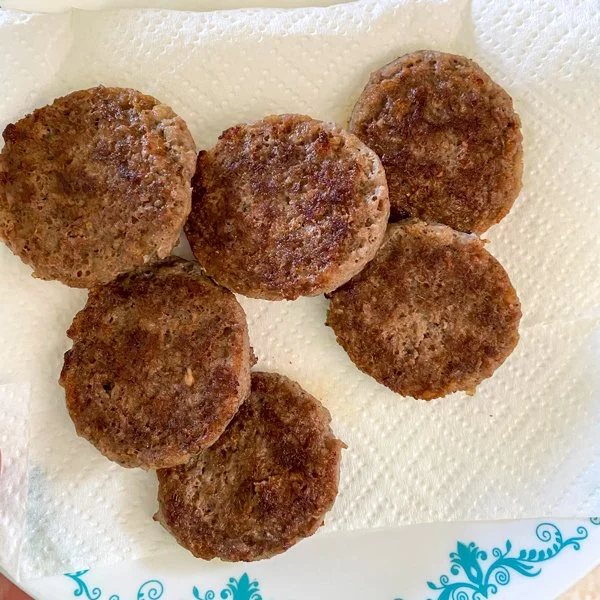HOW TO: Par-cooked Shredded Potatoes
Looking for a substitute for frozen shredded potatoes? This is it.
Cinnamon Swirl Bread
The technique of creating a twist results in a very cohesive loaf with slices that stay intact
HOW TO: Skillet Rib Steak
All the deliciousness natural to a rib steak, enhanced by a dash of garlic and seasoned salt
HOW TO: Chipotle Pepper Purée & Preserve
Purée a can of chipotle peppers in adobo sauce, use what you need and then individually preserve the rest for easy use.
HOW TO: Flash Freeze Peppers
Learn how to flash freeze peppers and jalapenos in this How-To.
HOW TO: Restore Cast Iron Cookware
Learn how to restore your cast iron cookware following these tips.
HOW TO: Maintain Cast Iron Cookware
Learn the basics of maintaining your cast iron cookware.
HOW TO: Zest & Juice Citrus Fruits
Brenda’s tips for the easiest way to zest and juice citrus fruits!
HOW TO: Store Fresh Asparagus
Learn how to store fresh asparagus to extend its shelf life.
HOW TO: Breakfast Burritos
The perfect grab-and-go breakfast with lots of carbs and protein.


















